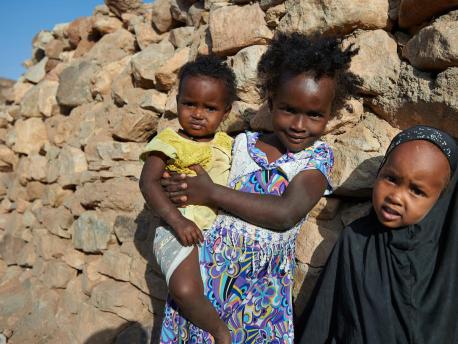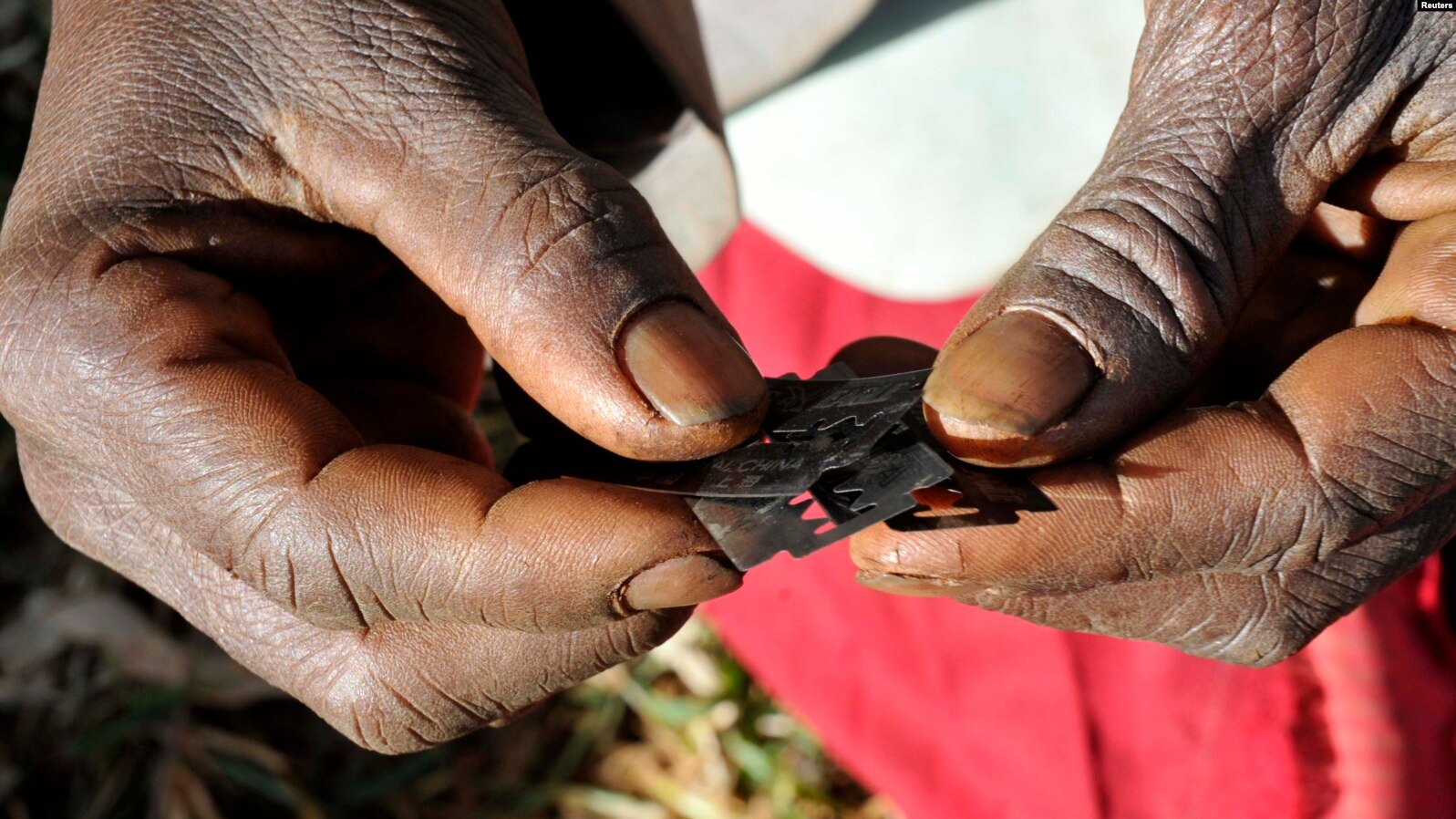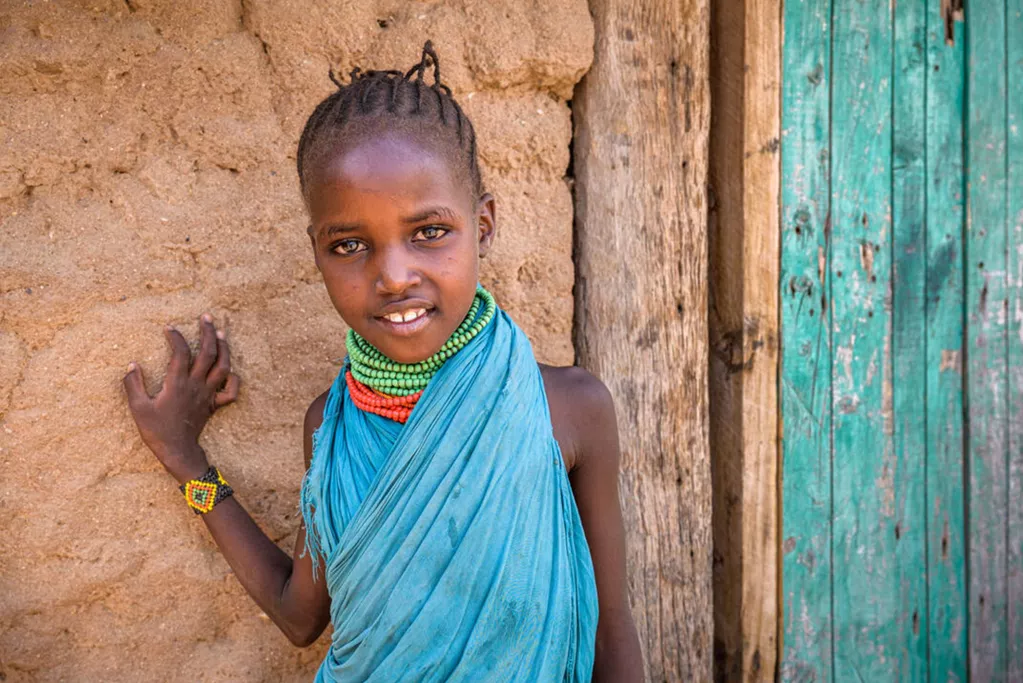Table of Contents
Inequalities and faith are two of the programmes priorities of HAD. Within the Inequalities Research Priority, we currently mostly work on gender.
In this blog post, Madison Gough and Ravina Ishtiaq bridge these two programmes priorities, by critically examining the link between Female Genital Mutilation, culture and religion and discussing the role of faith actors in countering the practice.
A manifestation of deeply entrenched gender inequality
In every society in which female genital mutilation (FGM) is practiced, it is a manifestation of deeply entrenched gender inequality.
Where it is widely practiced, FGM is often supported by both men and women, in many cases without question, and those who do not follow the norm may face condemnation, harassment and ostracism.
It may be difficult for families to abandon the practice without support from the wider community.
In fact, it is often practiced even when it is known to inflict harm upon girls, because the perceived social benefits of the practice are deemed higher than its disadvantages.
Many cultures, countries and societal groups have specific reasons for why they practice the tradition of FGM.
Some associate it with culture, whilst others justify it with religion.
However, the practice itself predates religion and was originally part of Pharaonic slave culture.
Historically, it has been performed in north-eastern Africa, areas of the Arabian Peninsula and, as cultures travel with people, increasingly in places like the UK.
Why is FGM practiced?
There are a number of reasons why Female Genital Mutilation is practiced. Some of the reasons being:
- Cultural and social– as part of an initiation to womanhood and an intrinsic part of communities’ traditions. Often, perpetuating myths of FGM help cultivate the continuation of the practice.
- Aesthetic and Hygiene– female genitalia is viewed as unattractive and unclean, thus removal is perceived as promoting hygiene and aestheticism.
- Socio-economic factors– FGM is often a prerequisite for marriage, and economic necessity can be a major driver of the practice. In some cases, the practice has become commoditised due to it being an income source.
- Psychosexual –some believe that FGM will control illicit or sexual behaviour. Additionally, it is expected to help ensure virginity before marriage and increase male sexual pleasure.
- Religion– FGM is not endorsed or promoted by Islam and Christianity, but religion is often used as justification for the practice.
The link between FGM and religion
There are a variety of understandings and perceptions on the connection between Female Genital Mutilation and Islam, with scholars debating the practice and its prevalence in religious scriptures.
There is a global tendency to associate FGM with Islam; however, this is not necessarily correct. In 80% of the Islamic world, the practice is not used.
Moreover, FGM is also practiced within other religions, but it mainly derives from cultural and ethnic practices hence the different procedures and ceremonies. However, although the practice predates the major religions of today, it has become deeply woven into religious practice, thereby blurring the boundaries of religious practice and culture.
There are few evidential links between Islam and female circumcision.
One case refers to a quote from a scripture where Prophet Muhammad (Peace be upon him) speaks with a circumciser; however, it is regularly disputed due to its lack of credibility.
Moreover, there is no evidence that circumcision is sunnah(based on the direct example of the Prophet), as it was not recorded that any of his wives or daughters were circumcised.
The Case of Egypt
Egypt provides an insightful case of a country where Female Genital Mutilation is carried out by both Muslim and Christian communities with an estimated prevalence rate of 87.2%. This high rate means that Egypt has one of the highest numbers of women and girls who have undergone FGM worldwide.
The practice was banned in 2008 and criminalised in 2016, but persists as a result of its social and moral importance for many Egyptians. Large parts of Egyptian society believe FGM ensures the girl’s chastity and that it is an important factor for marriage, even though in many cases it leads to difficulty in child birth and even infertility. Although a deeply cultural practice, today FGM has obtained religious legitimacy through distorted perceptions and blurred cultural and religious boundaries.
There is also often a misconception that men are the sole advocates of Female Genital Mutilation, whereas in reality, women are primarily the ones who carry out the practice and even reinforce it either directly or indirectly.
A programmes study on women’s attitudes towards discontinuation of FGM in Egypt found links with urban residency and post-secondary education and perceptions of FGM.
Those in urban areas with post-secondary education were found to hold more negative views than those in rural areas.
Countering Female Genital Mutilation
Due to the complexity of the issue, FGM is extremely difficult to combat.
A lack of access to healthcare and sexual education in many rural communities means that it is often difficult to tackle the problem.
Moreover, comprehensive and reliable data (as a result of uncomplete healthcare records and many victims not coming forward), it is difficult to get an overall reliable view of the problem.
Tackling traditions, beliefs about religion and FGM, misconceptions and community pressures means any counter-strategy requires a culturally sensitive approach. Religious figures have played a key role in countering FGM in recent years, with Al-Azhar, the leading Islamic authority in Egypt, issuing a statement against the practice and stressing its non-Islamic nature.
Christian churches have also taken a unified approach to rejecting FGM and there has been an increase in coverage of the subject within schools as well as more vocal media content.

Including faith actors in interventions aimed at countering Female Genital Mutilation
From an Islamic perspective, FGM violates several aspects of Shari’ah law, including the right to life and physical integrity, the right to health and the right to be free from gender discrimination.
Raising awareness of the Islamic position on FGM can challenge beliefs and attitudes that are misinformed and can help differentiate between cultural and religious practices.
There are major gaps in existing FGM interventions, such as a failure to adequately consider social and cultural challenges in communities.
In addition, there is often an absence of understanding in how to disassociate FGM from Islam.
This is one of the reasons, why including faith actors in FGM counter-strategies is advisable.
For example, mobilising local scholar or religious organisation can be used to demonstrate how FGM violates human rights in Islam.
In any case, it is essential for the specific communities’ needs to be taken into account when designing interventions to counter FGM.
Written by Madison Gough & Ravina Ishtiaq
Research and Development Interns
References:







